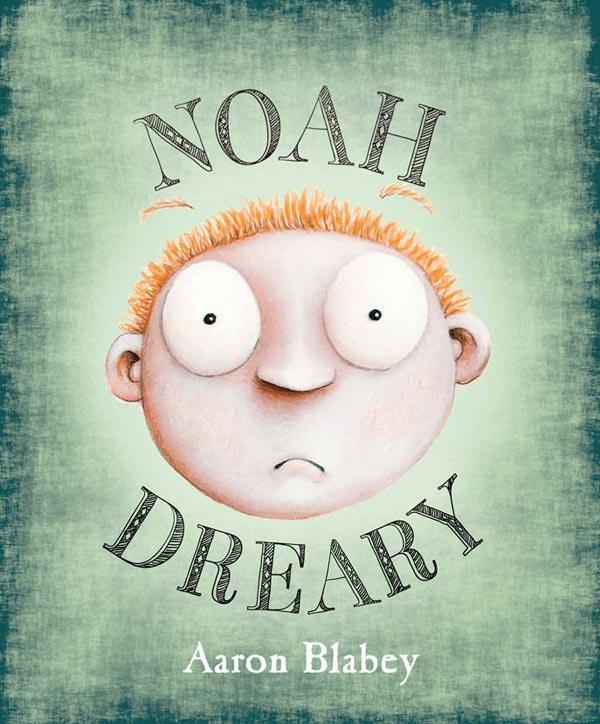Levi Pinfold, Paradise Sands, Walker Books Australia, November 2022, 40 pp., RRP $29.99 (hbk), ISBN 9781406383942
 The back cover of this book tells us it is A Story of Enchantment and indeed it is. It is a picture book for older readers.
The back cover of this book tells us it is A Story of Enchantment and indeed it is. It is a picture book for older readers.
The book opens introducing the mysterious Teller in a rhyme: White roses we follow towards Teller’s Hollow. The rest of the rhyme foretells the story of the enchantment of the travellers we meet on the following pages.
The travellers are a family of late teenagers except for the youngest – the only girl. She becomes the hero of the story, steadfast and true in the way of those in myths. The trope of the youngest as hero is also a recurring trope in fairy tales, a genre this book resembles.
The girl inadvertently sets in motion the rest of the story by suggesting they pick flowers to take to their mother whom they are going to visit. Her brothers get thirsty and ask for a drink at a building nearby. The rhyme their mother told them about the Teller is dismissed as a joke. However, when they enter the castle, the brothers are turned into dolphins and become in thrall to the Teller – a great lion. Only their sister can save them and then only if she passes the test set her by the Teller. The magic number three is in play here, a number commonly occurring in fairy tales.
We see other animals feasting, and the visual narrative thus implies that other humans have also been enchanted by the Teller and changed from their original forms. The next spread shows another feast and the third spread, depicting the third day the family have been in the Teller’s castle, the little girl sits alone. After the child fulfils the promise, the brothers are restored to their human forms and the castle disappears in a cloud of dust signifying the end of Teller’s power to enchant and entrap. This trope is also a recurring one in fairy and folk tales.
The family proceed to visit their mother who is, so the visual text tells us, in some kind of hospital. Her conversation with the girl suggests the possibility of the curse continuing into the future and that the mother has visited Teller’s Hollow herself. The intergenerational connection affects only females though, as the boys are depicted happily playing with a frisbee outside the window, quite oblivious to what has happened to them.
The written narrative is in the first-person from the girl’s point-of-view and she is often the focal point of the illustrations. The double-page spreads depicting the feasting animals and then the child sitting alone, are in subdued tomes with the girl’s blue dress providing the point of contrast.
The illustrations are sumptuous throughout. They are richly atmospheric – for example, the crows hovering around the girl as she sits at the banquet table alone are Hitchcock-esque in their menace; the height of the Teller’s castle when we first see it towers over the humans in a menacing way.
This is a remarkable book that repays being read many times as one finds more and more in the visual imagery.
Reviewed by Margot Hillel





